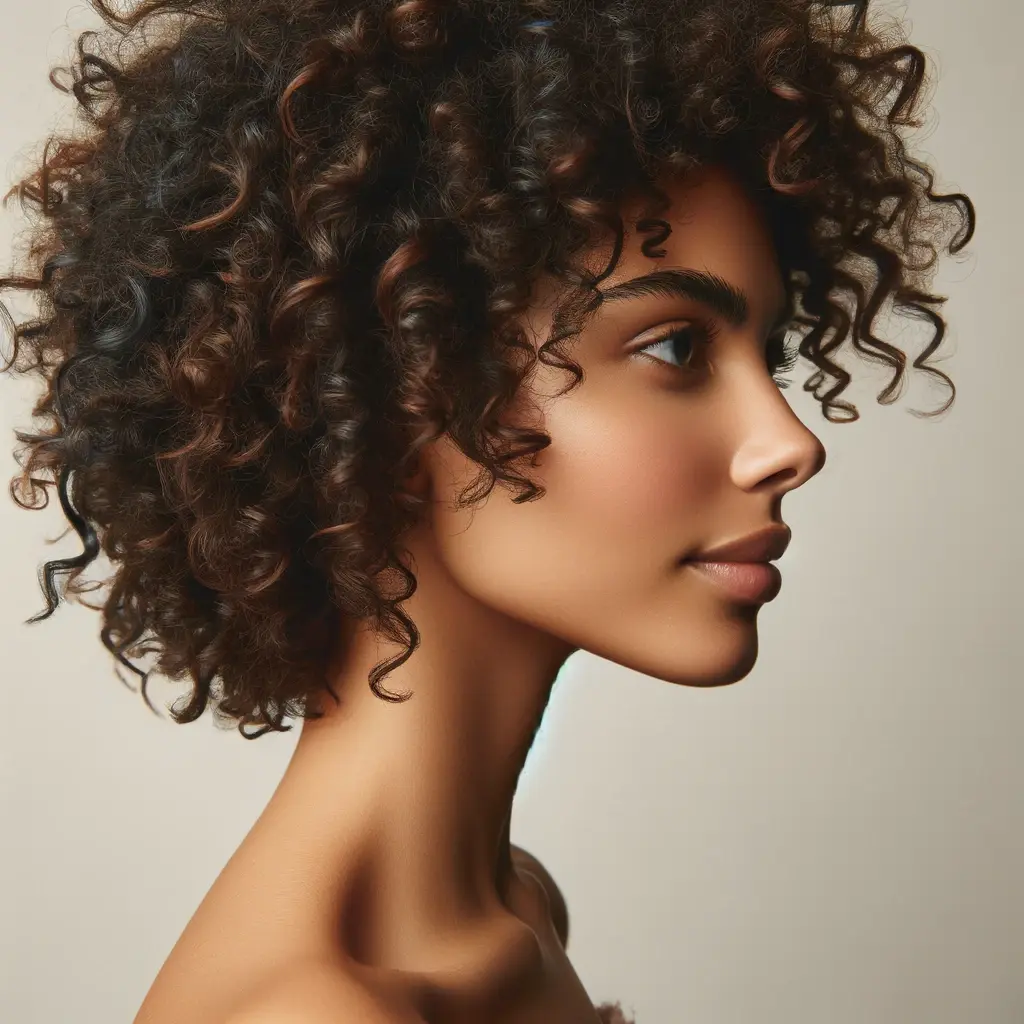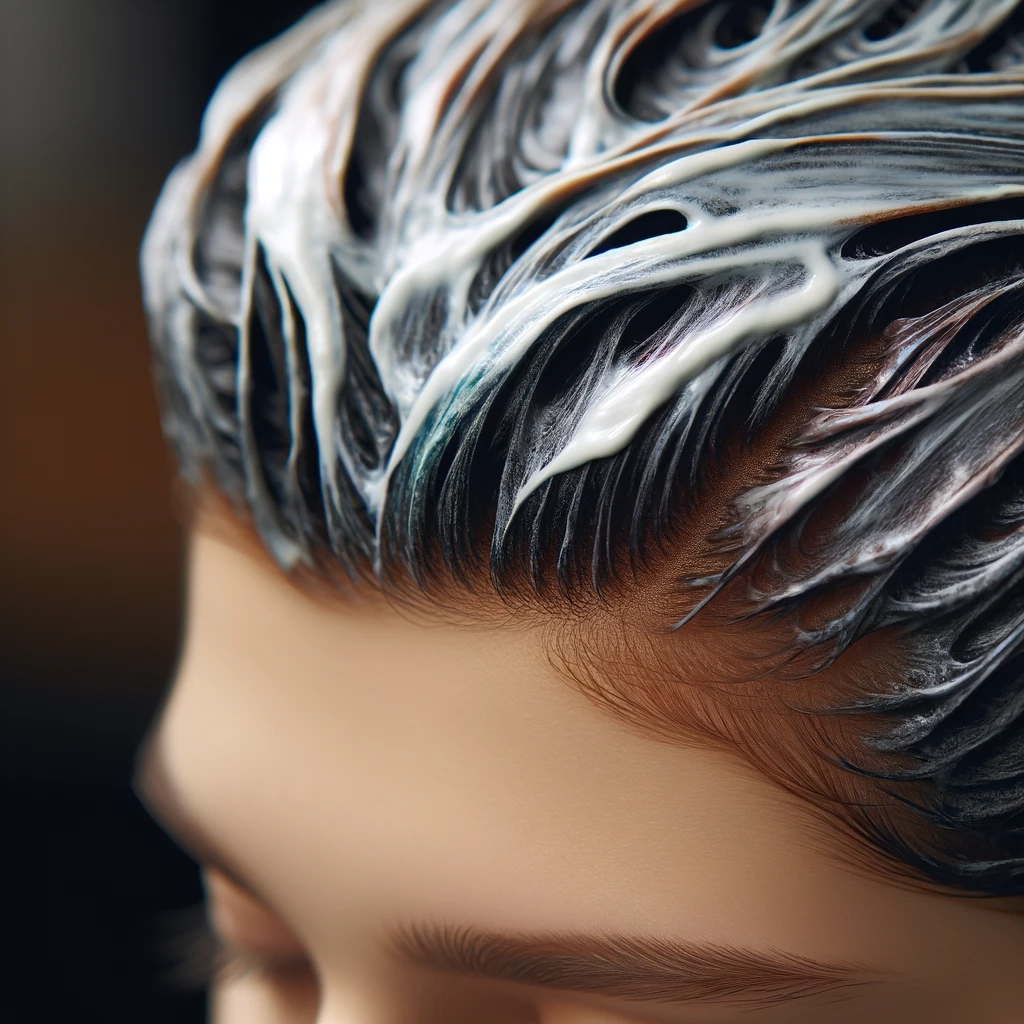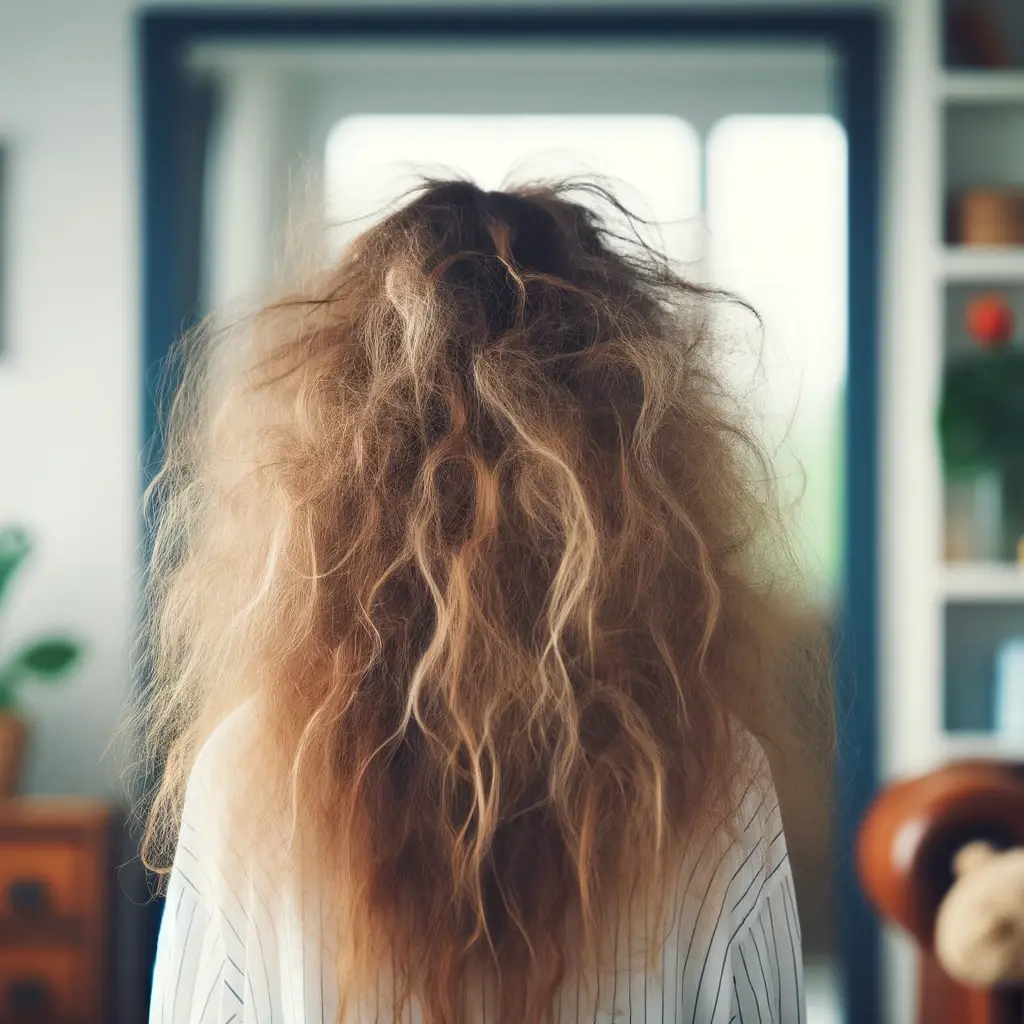
Struggling with ‘buhaghag’ hair? You’re not alone. We’ll explore the ins and outs of managing frizzy, unruly hair, offering expert tips and insights.
For a comprehensive range of hair care solutions, don’t forget to visit our homepage.
Table of Contents
ToggleKey Takeaways
| Topics | Key Points |
| Understanding the Causes | – Buhaghag hair is often caused by humidity, heat damage, and genetics. |
| Optimal Hair Care Products | – Use gentle, sulfate-free shampoos and hydrating conditioners. – Look for products containing glycerin, keratin, and natural oils. |
| Washing and Detangling Techniques | – Wash hair 2-3 times a week to maintain natural oils. – Use a wide-tooth comb for gentle detangling, especially on dry hair. |
| Styling and Professional Treatments | – Apply anti-frizz products like serums and leave-in conditioners. – Limit heat styling and consider professional treatments for long-term solutions. |
| Natural Remedies and Nutrition | – Create DIY hair masks with ingredients like coconut oil and avocado. – Eat a balanced diet rich in omega-3 fatty acids, antioxidants, and proteins. |
| Preventive Strategies | – Protect hair from sun damage and harsh chemicals. – Get regular trims and use protective hairstyles to minimize frizz. |
Buhaghag Hairs Misery
– Buhaghag hair, commonly known as frizzy hair, can be tough to handle. Factors like humidity, heat damage, and genetics play a role in this hair condition. Understanding these factors is crucial in finding the right care routine for your hair.
– I have encountered many cases about buhaghag hair. I am here to help you overcome and bring back that confidence of yours.
Daily Hair Care Tips for Buhaghag Hair
The right daily routine can make a world of difference:
1. Gentle Shampoo and Hydrating Conditioner
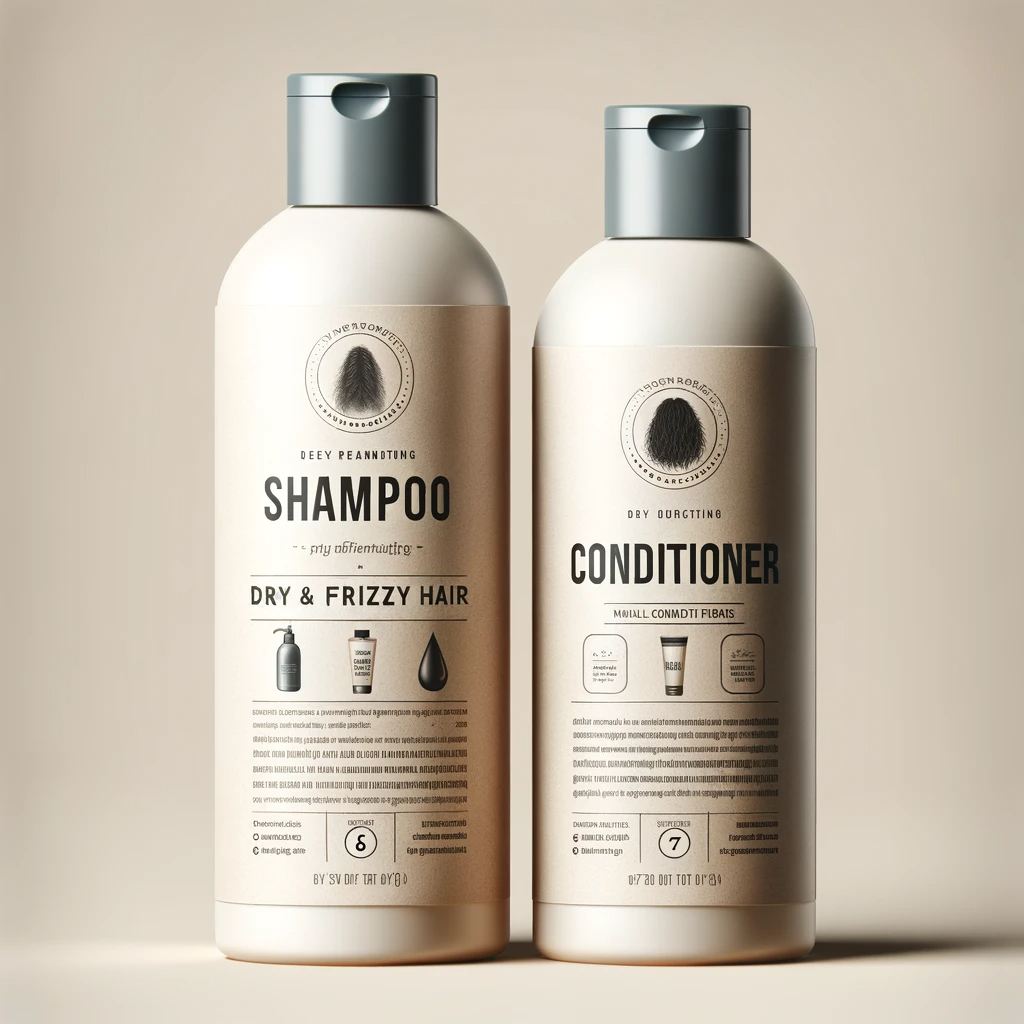
– Using a gentle shampoo is key for buhaghag hair as harsh formulas can strip hair of its natural oils, increase frizz.
– Look for shampoos labeled ‘sulfate-free’ or those formulated for dry or damaged hair.
– Follow up with a hydrating conditioner, which will help replenish moisture and smooth hair cuticles. Products containing ingredients like glycerin, keratin, and natural oils can be particularly beneficial.
2. Washing Frequency
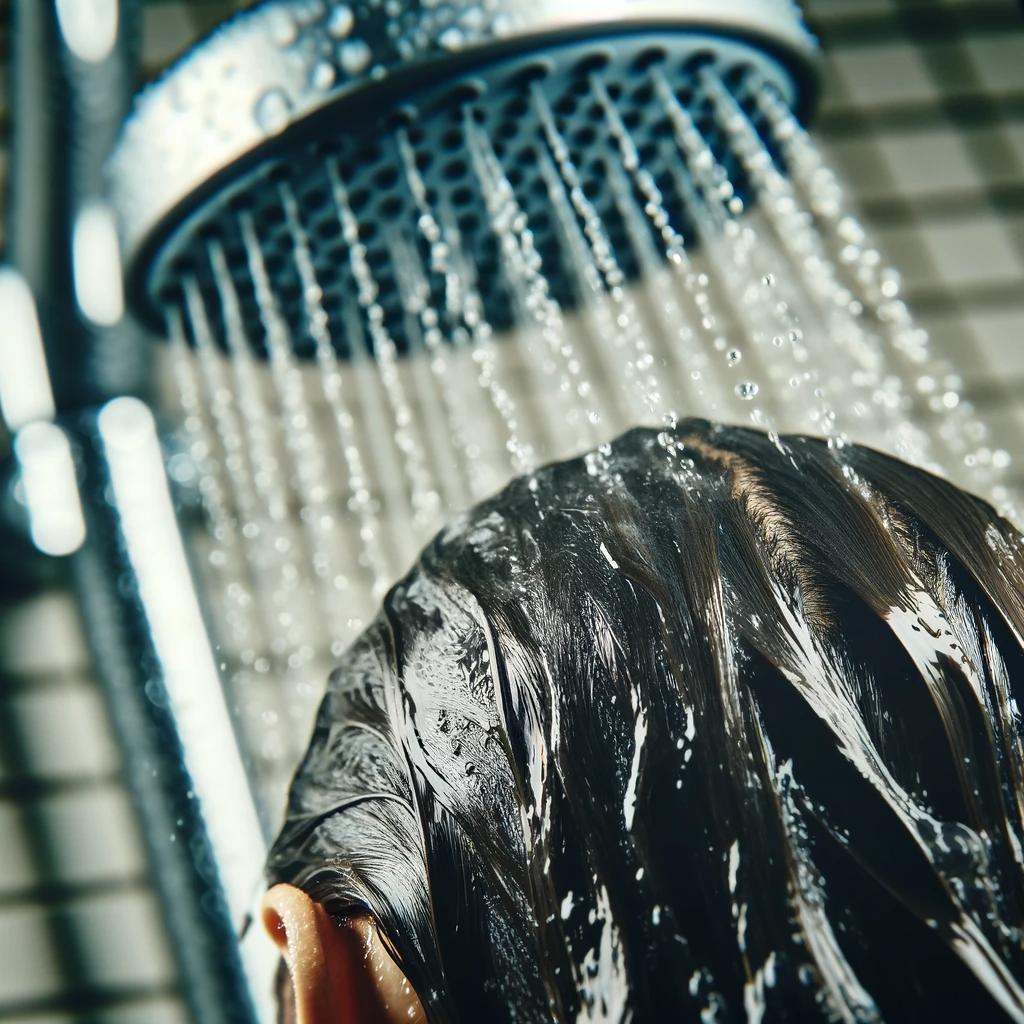
– Overwashing can lead to more frizz by stripping the hair of natural oils. Washing buhaghag hair 2-3 times a week allows natural oils to penetrate the hair, hydrating and repairing it naturally.
– On non-wash days, consider using a dry shampoo if needed to absorb excess oil at the scalp.
3. Detangling Techniques
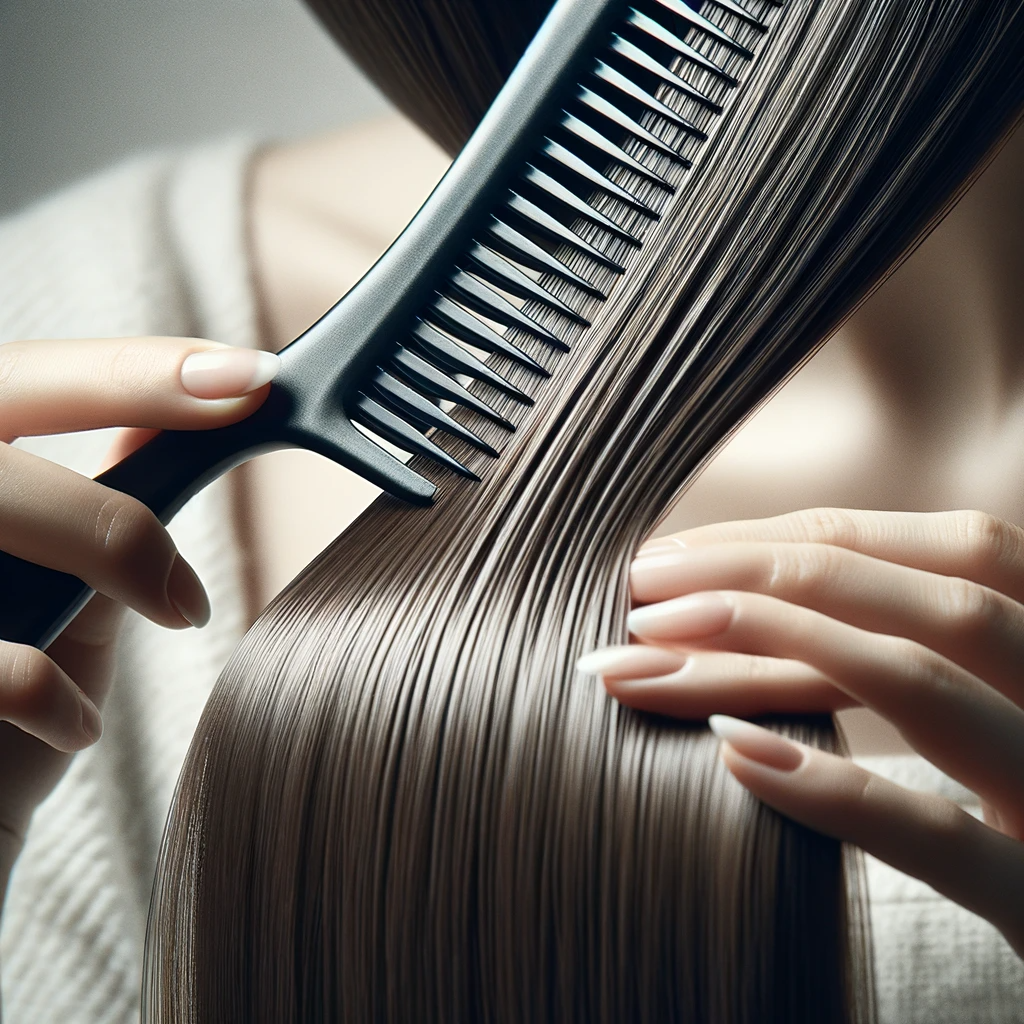
– When detangling buhaghag hair, always opt for a wide-tooth comb. This type of comb allows for gentle detangling without pulling or breaking the hair.
– It’s especially effective when used on dry hair, as wet hair is more prone to breakage. Start detangling from the ends and gradually work your way up to the roots to minimize breakage.
Styling and Treatment for Buhaghag Hair
1. Anti-Frizz Products
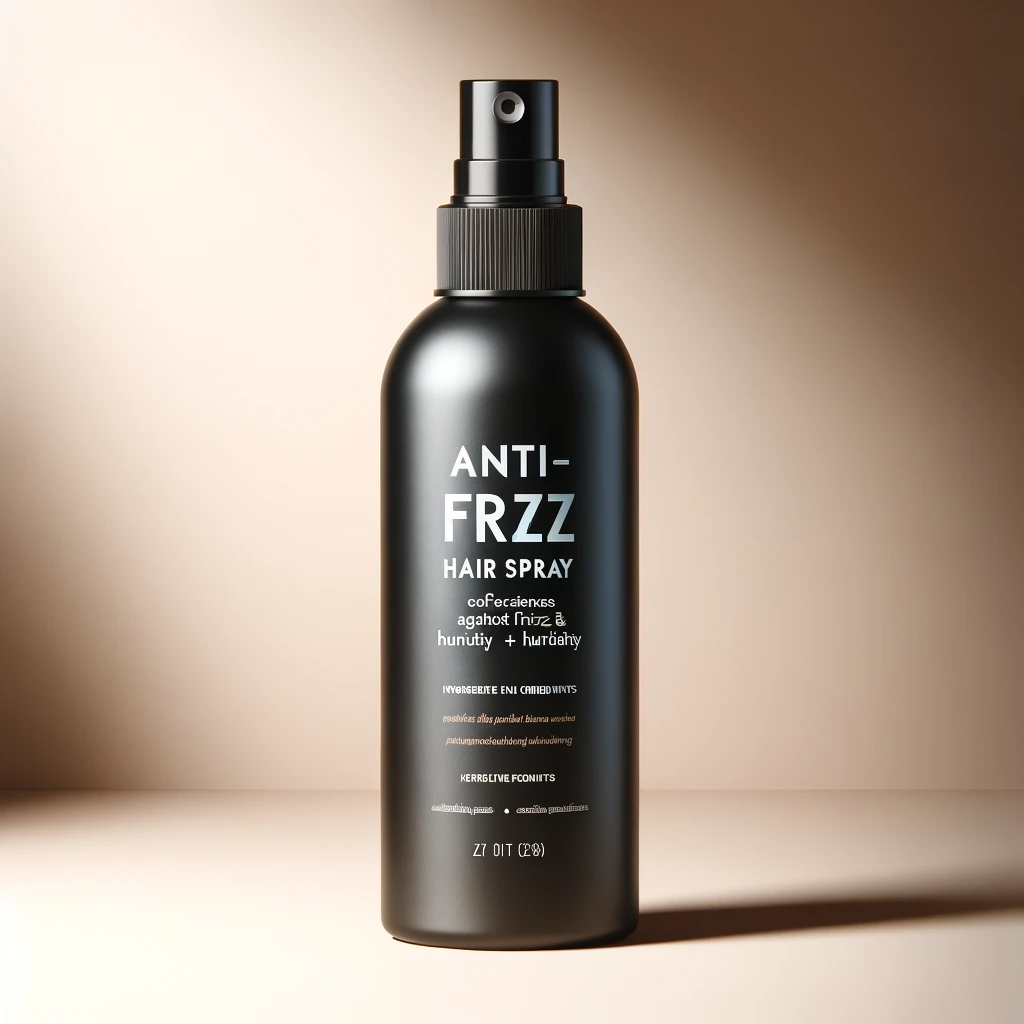
– Products like serums, leave-in conditioners, and anti-frizz sprays can be lifesavers for buhaghag hair. These products help to smooth the hair’s cuticle, providing a protective coating that can reduce frizz and add shine.
– Look for products containing silicone or natural oils, as they can help to lock in moisture and keep hair smooth.
2. Heat Styling Caution
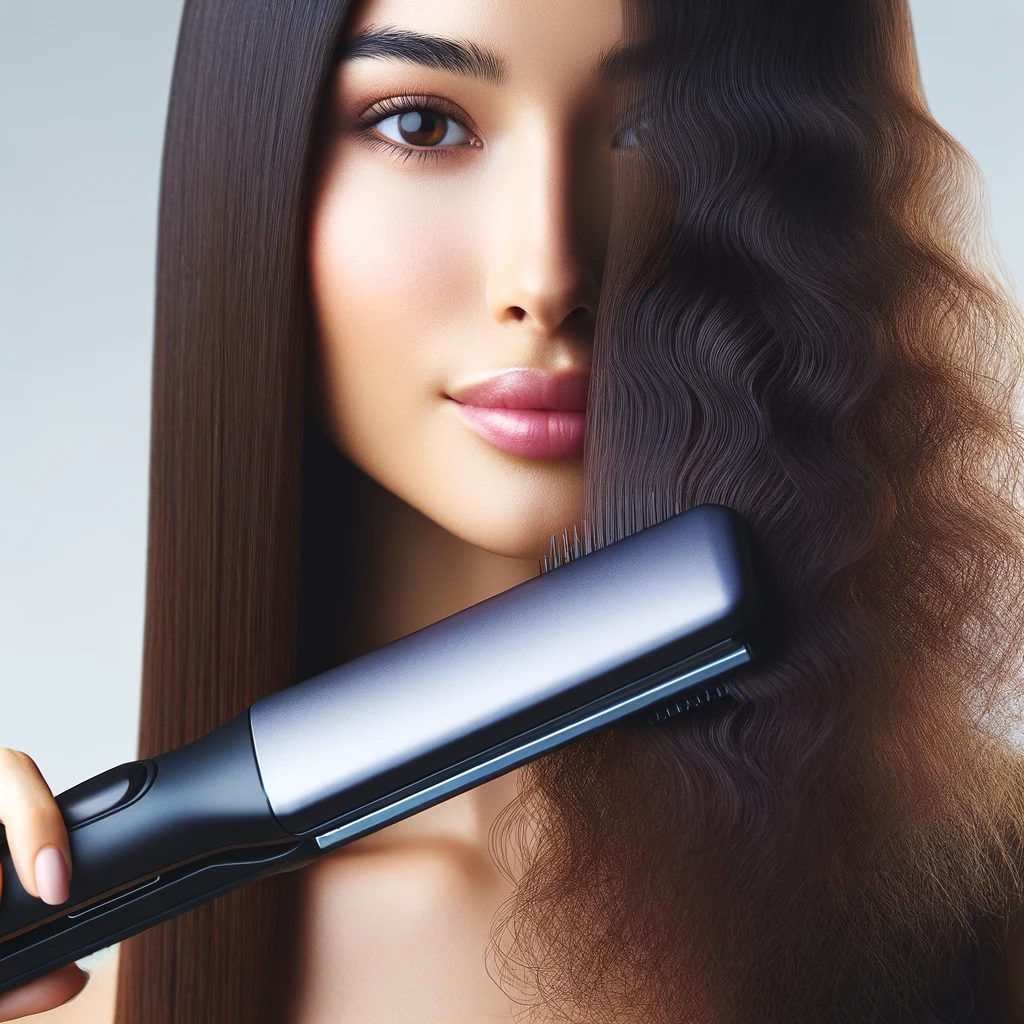
– While heat styling can temporarily reduce buhaghag hair, frequent use can lead to more damage and frizz in the long run. If you need to use heat styling tools, always apply a heat protectant beforehand to minimize damage.
– Try to keep the temperature on low or medium settings and limit heat styling to special occasions.
3. Professional Treatments
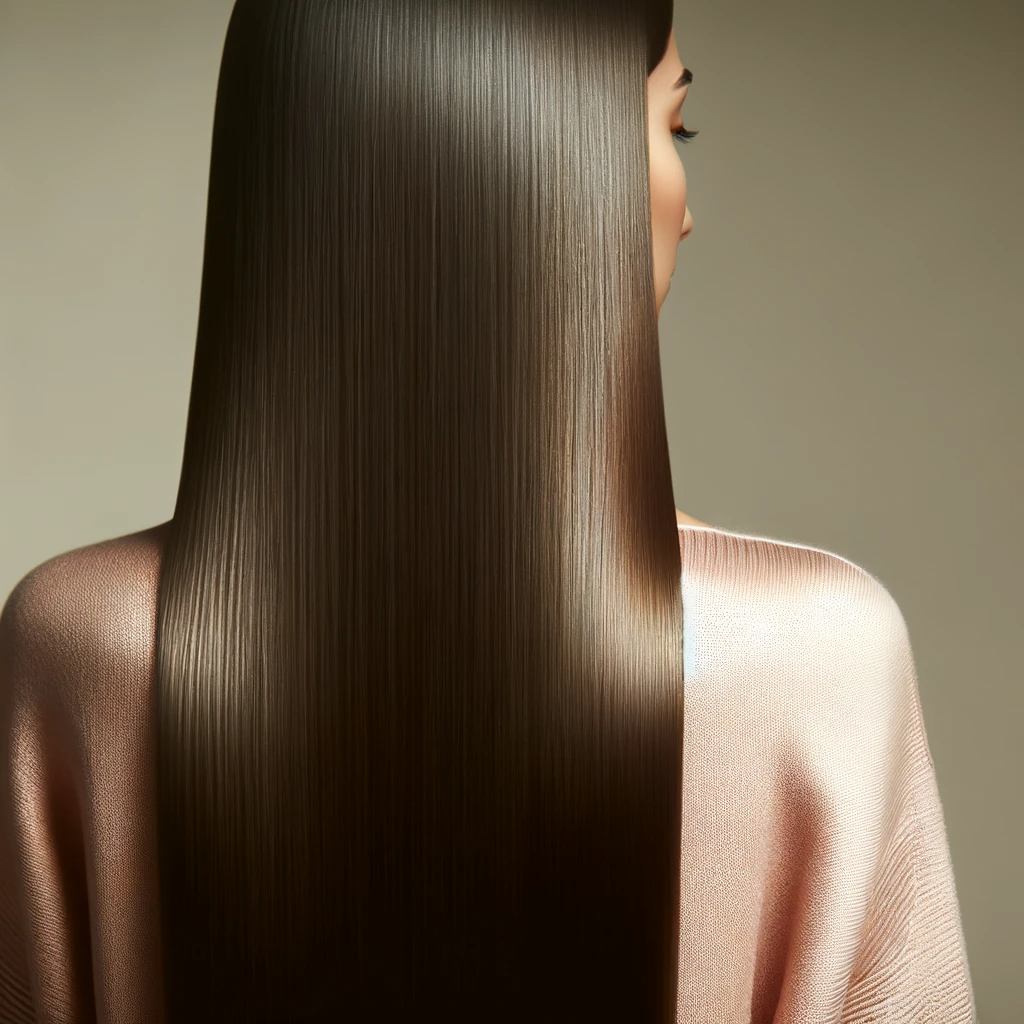
– For those seeking a more long-term solution, professional treatments like the Rebond with Keratin Brazilian Blowout can be effective.
– These treatments work by coating each hair strand with a protein layer, which smooths frizz, adds shine, and makes hair more manageable. They can be particularly beneficial for those with extremely unruly or frizzy hair.
– For a more lasting solution, consider my professional treatments like Rebond with Keratin Brazilian Blowout, which can significantly reduce frizz.
Home Remedies and Natural Solutions
1. DIY Hair Masks
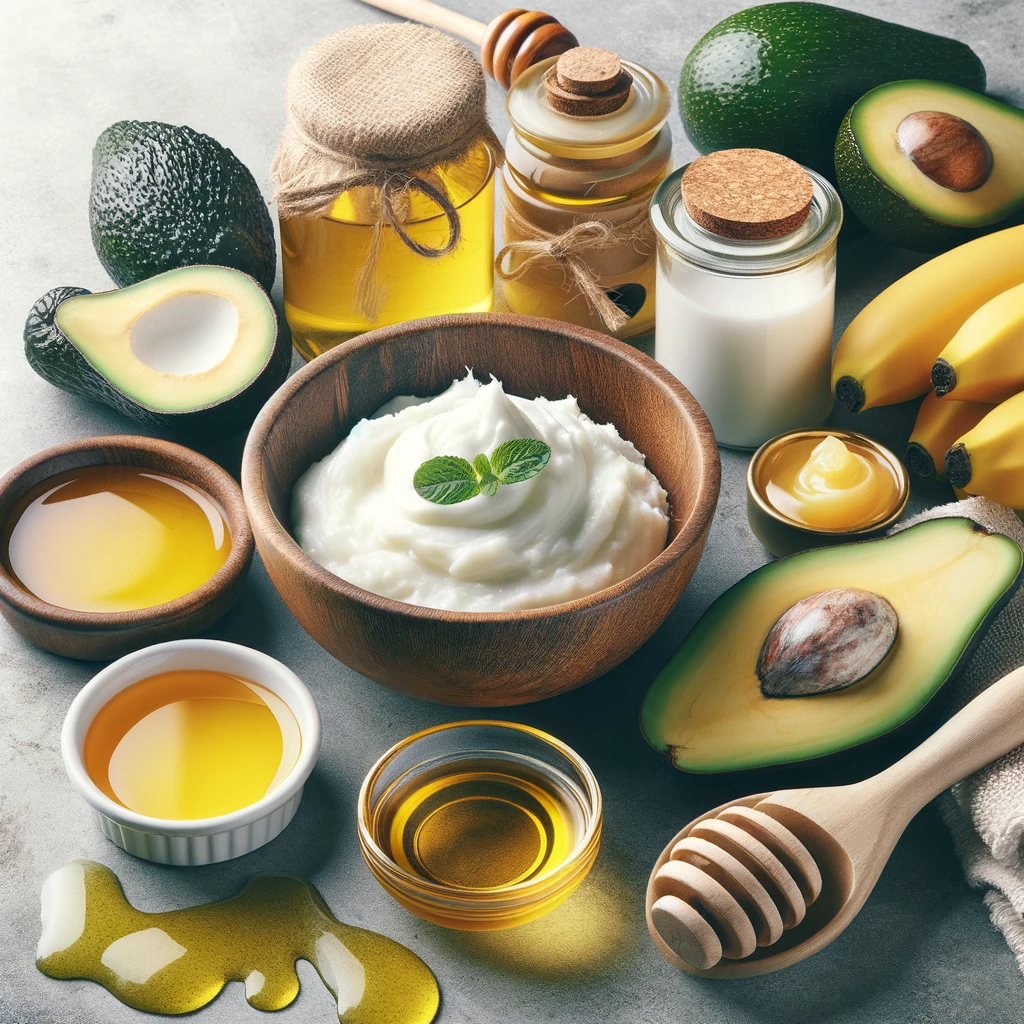
– Homemade hair masks using natural ingredients can deeply nourish and condition buhaghag hair. For instance, a mask made from coconut oil and honey can provide intense moisture and shine.
– Avocado masks are also excellent for hydrating and nourishing the hair, thanks to their rich content of natural oils and proteins.
2. Nutrition for Hair Health

– A balanced diet plays a significant role in hair health. Incorporating foods rich in omega-3 fatty acids, antioxidants, and proteins can promote hair growth and improve hair texture. Foods like salmon, nuts, and eggs are excellent for maintaining healthy hair.
Preventing Buhaghag Hair
1. Protect Against Sun Damage and Chemicals

– Just like your skin, your hair needs protection from the sun. UV rays can damage the hair, leading to dryness and frizz. Wear a hat or use hair products with UV protection when spending extended time in the sun.
– Also, be cautious with chemical treatments like coloring or perming(if not done properly), as they can damage the hair structure, leading to more frizz.
2. Regular Trims
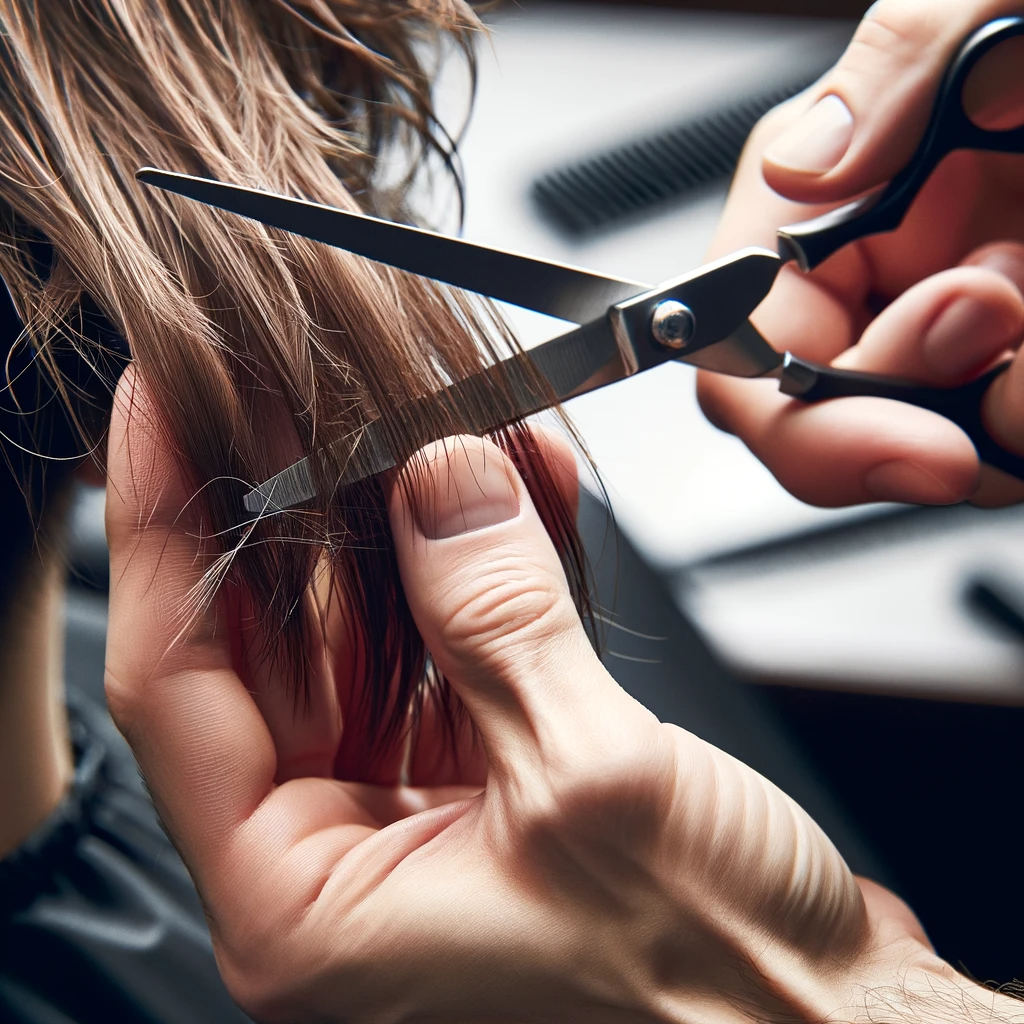
– Regular trims, every 6-8 weeks, are essential for keeping buhaghag hair in good condition. Trimming helps to remove split ends, which can otherwise travel up the hair shaft and cause more frizz and breakage.
3. Protective Hairstyles
– Styles like braids, buns, and twists not only look great but also protect your hair from environmental factors that can cause frizz.
– These styles keep your hair controlled and minimize its exposure to the elements, reducing the likelihood of developing frizz.
Conclusion
Reducing Buhaghag hair is all about understanding and catering to your hair’s specific needs. Implement these tips and visit our homepage for more personalized hair care advice. Embrace your journey to smoother, more manageable hair today!

